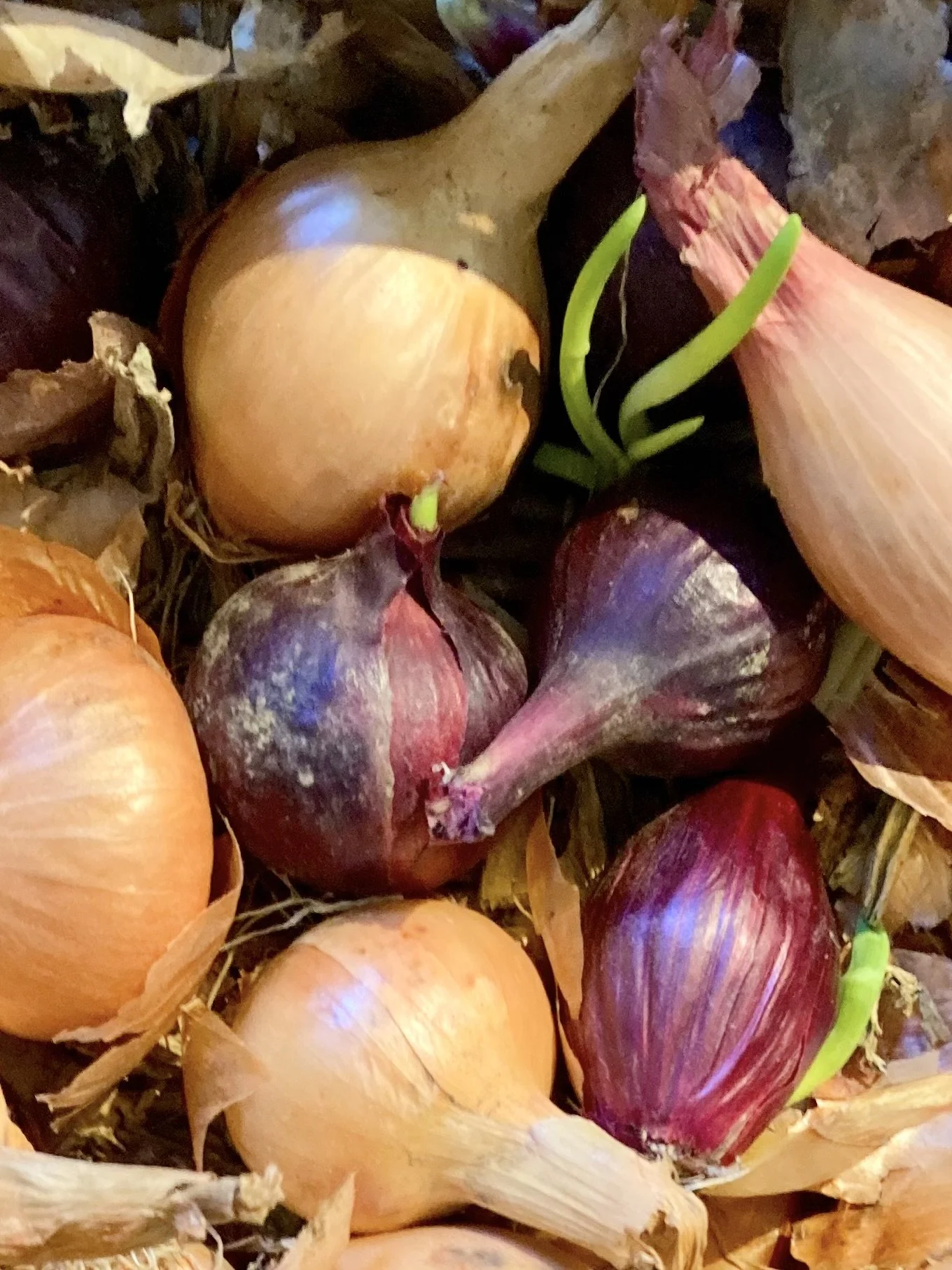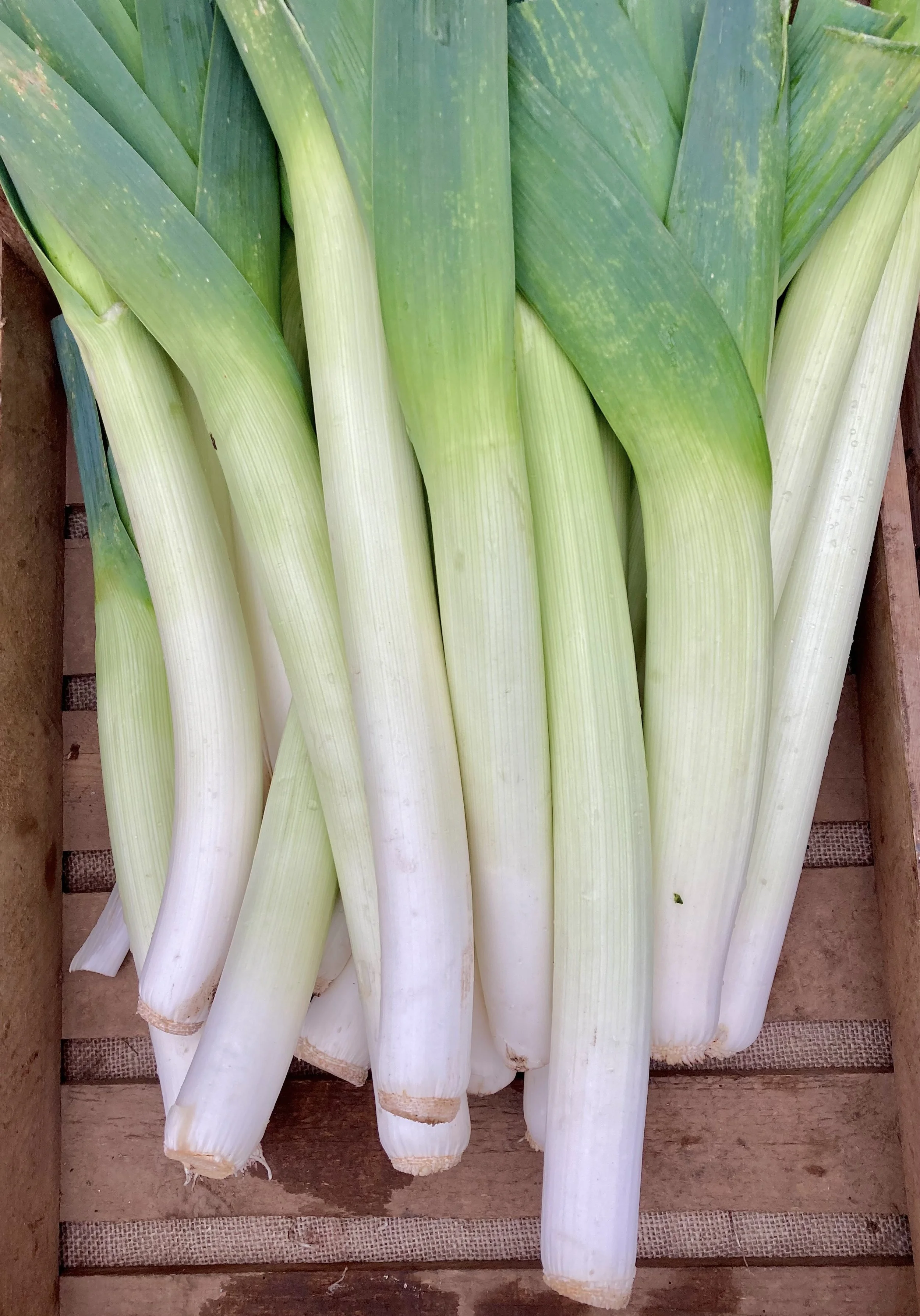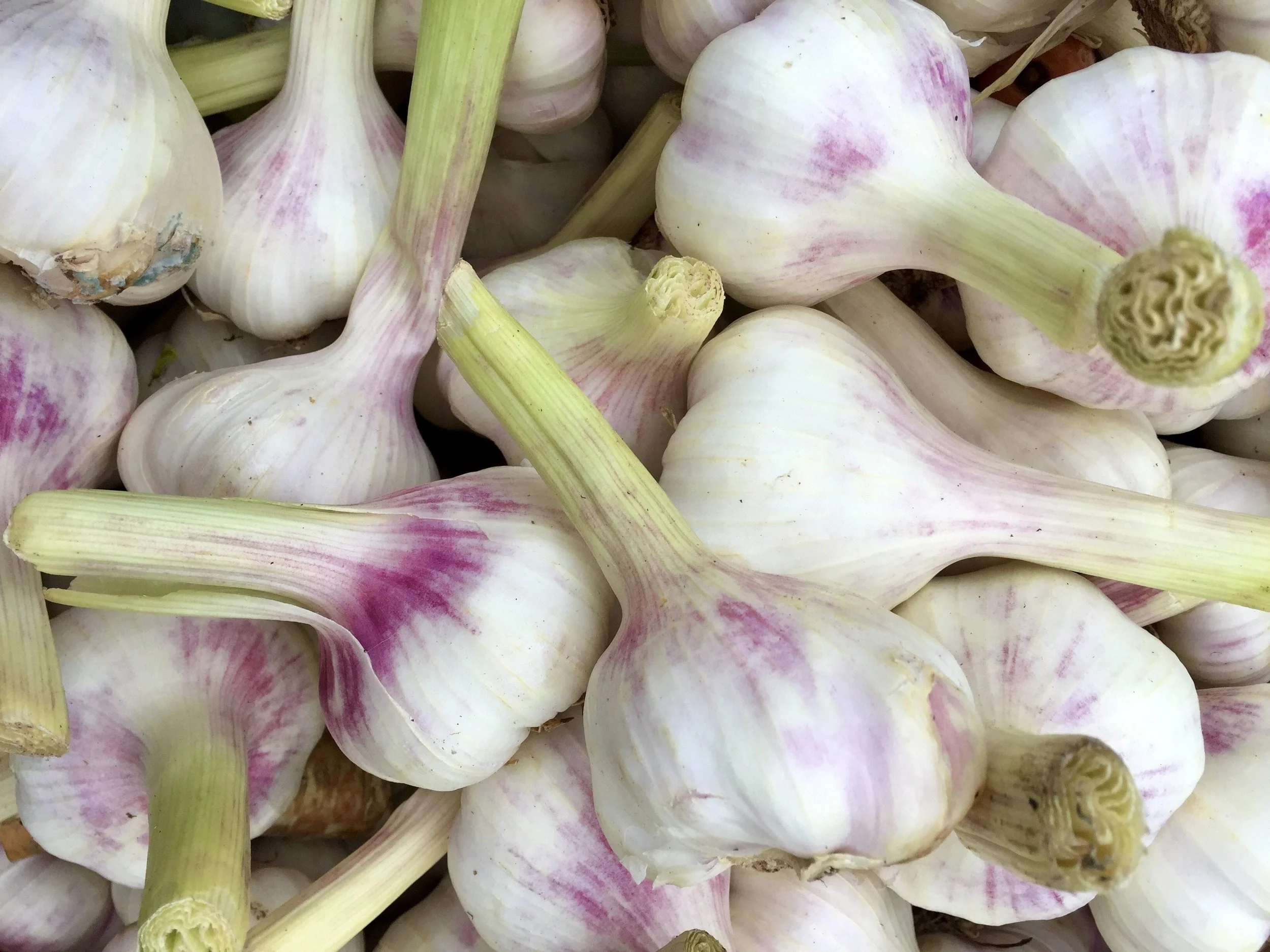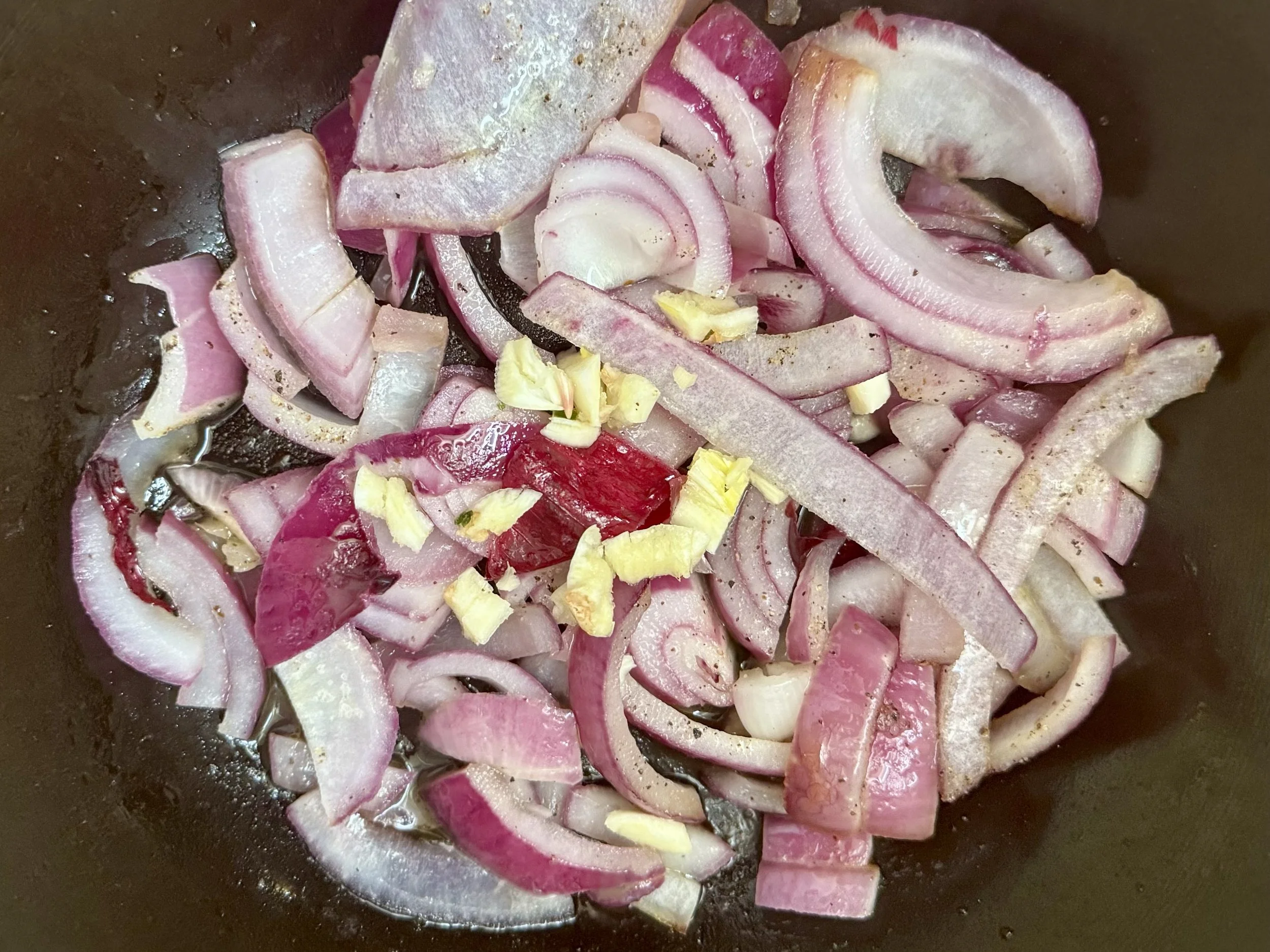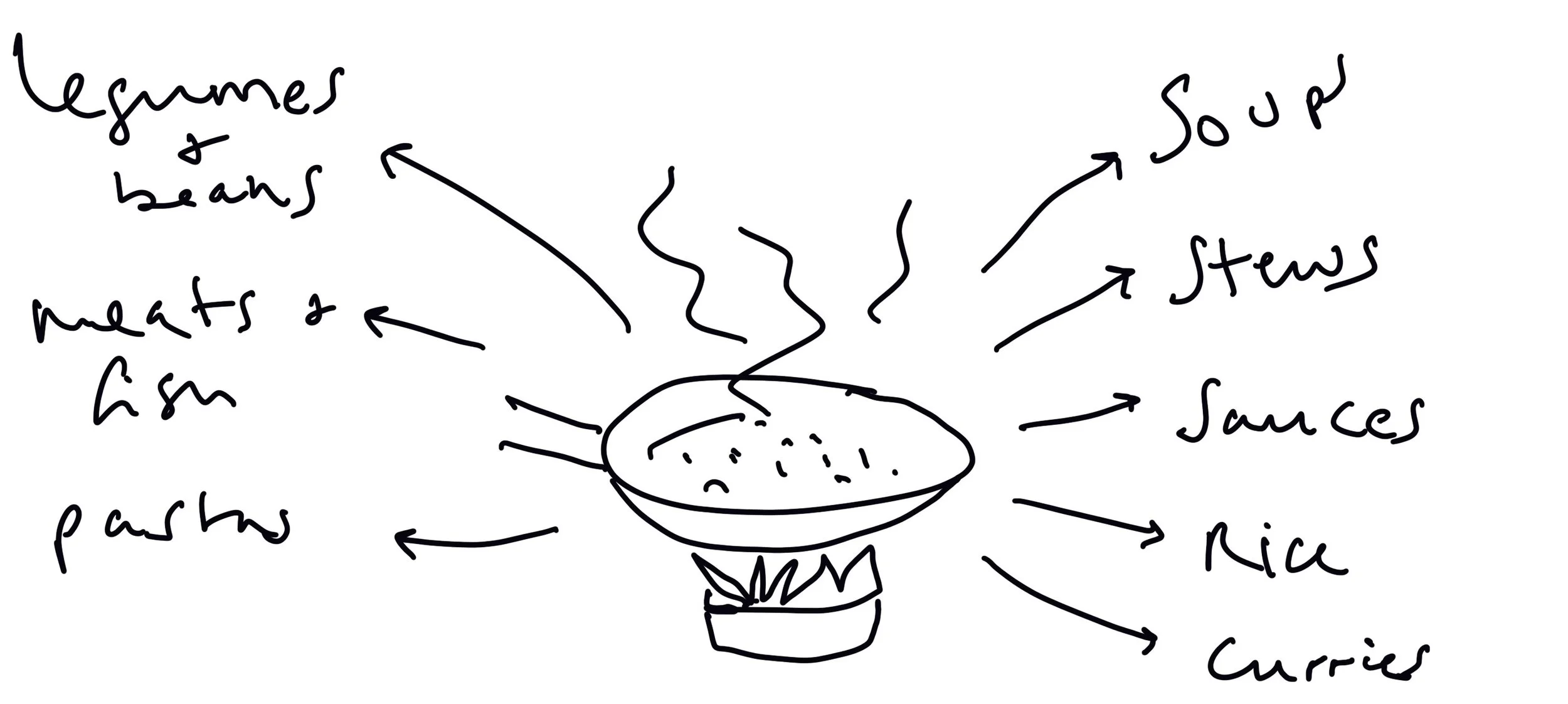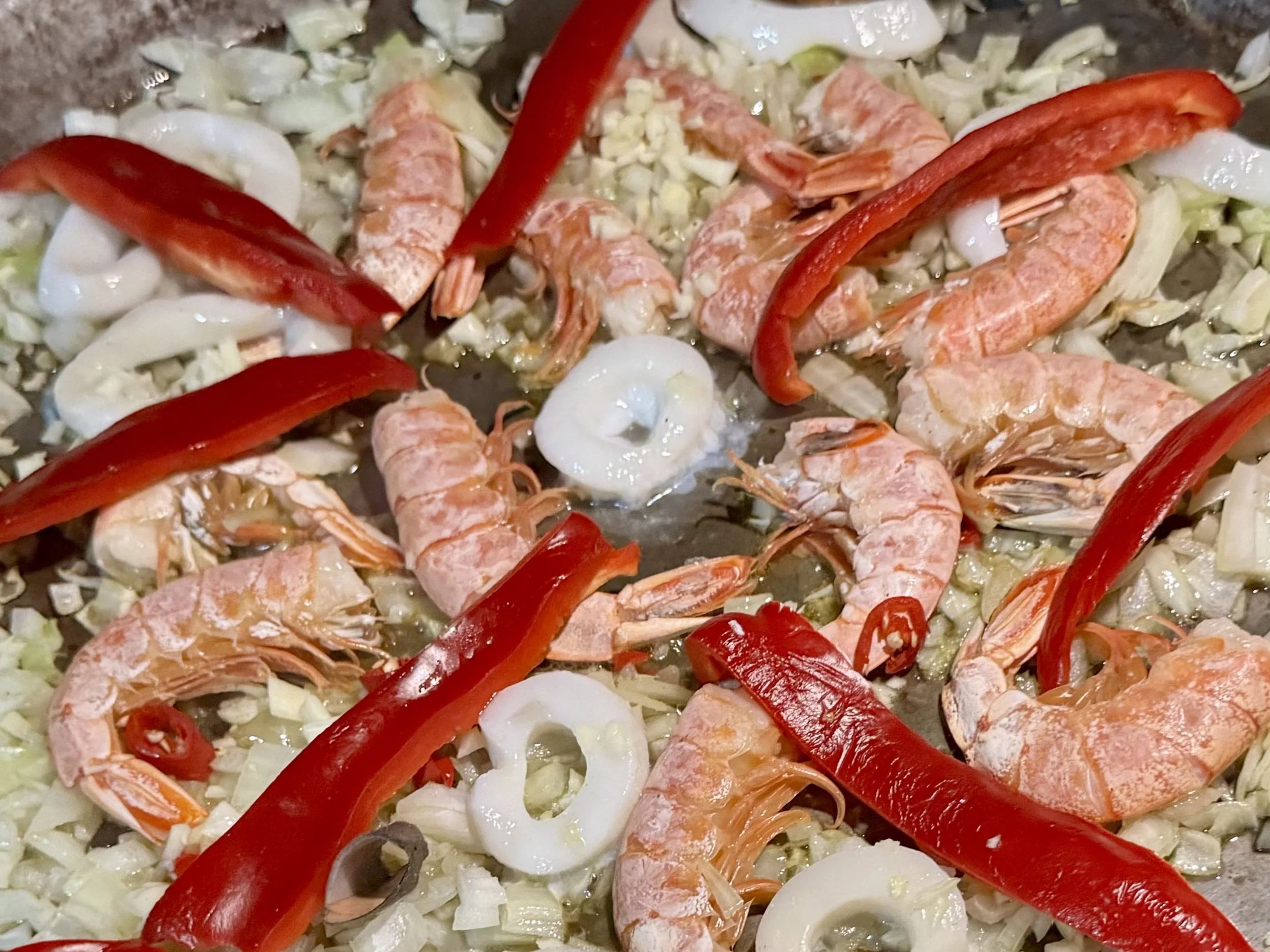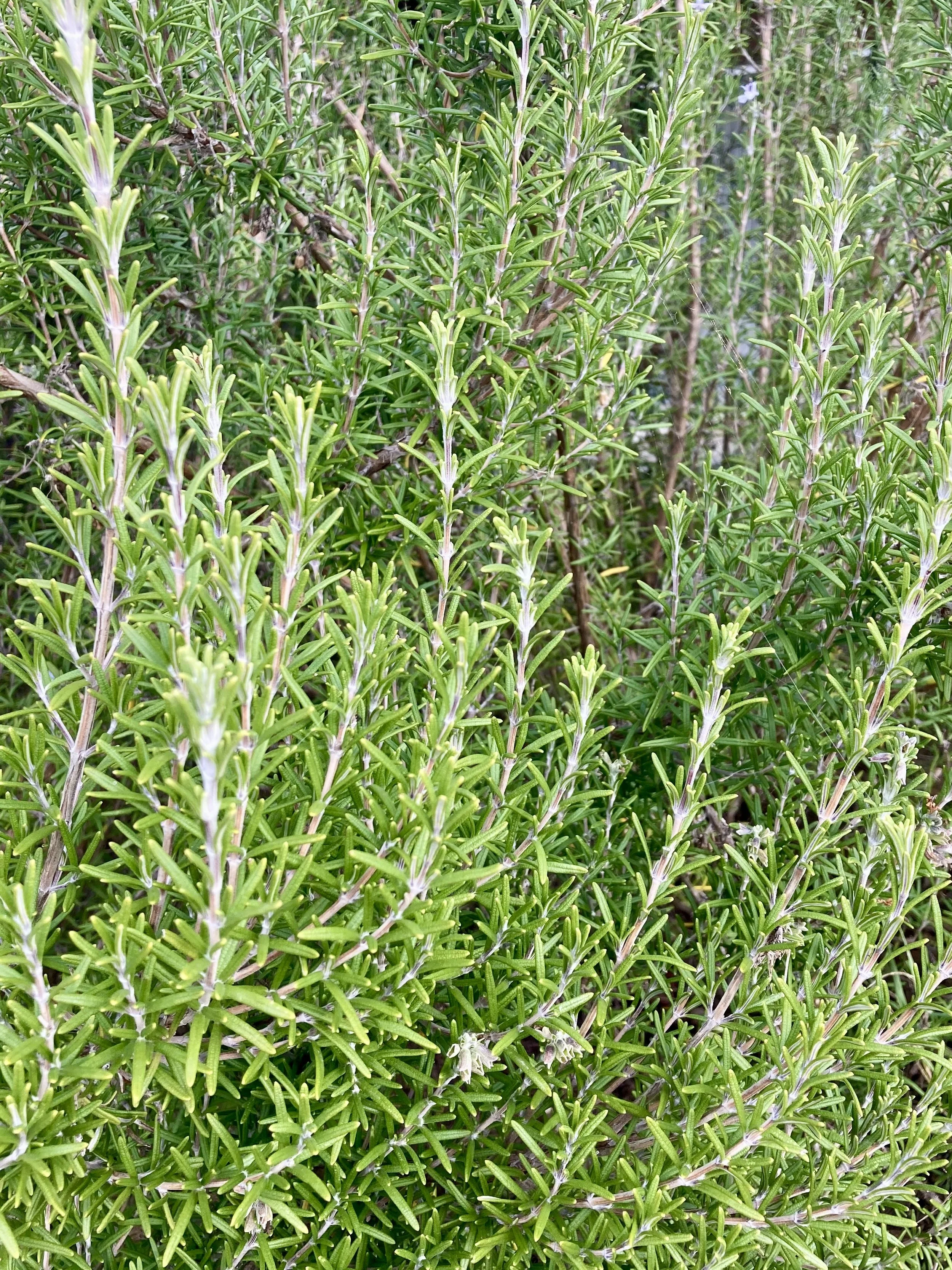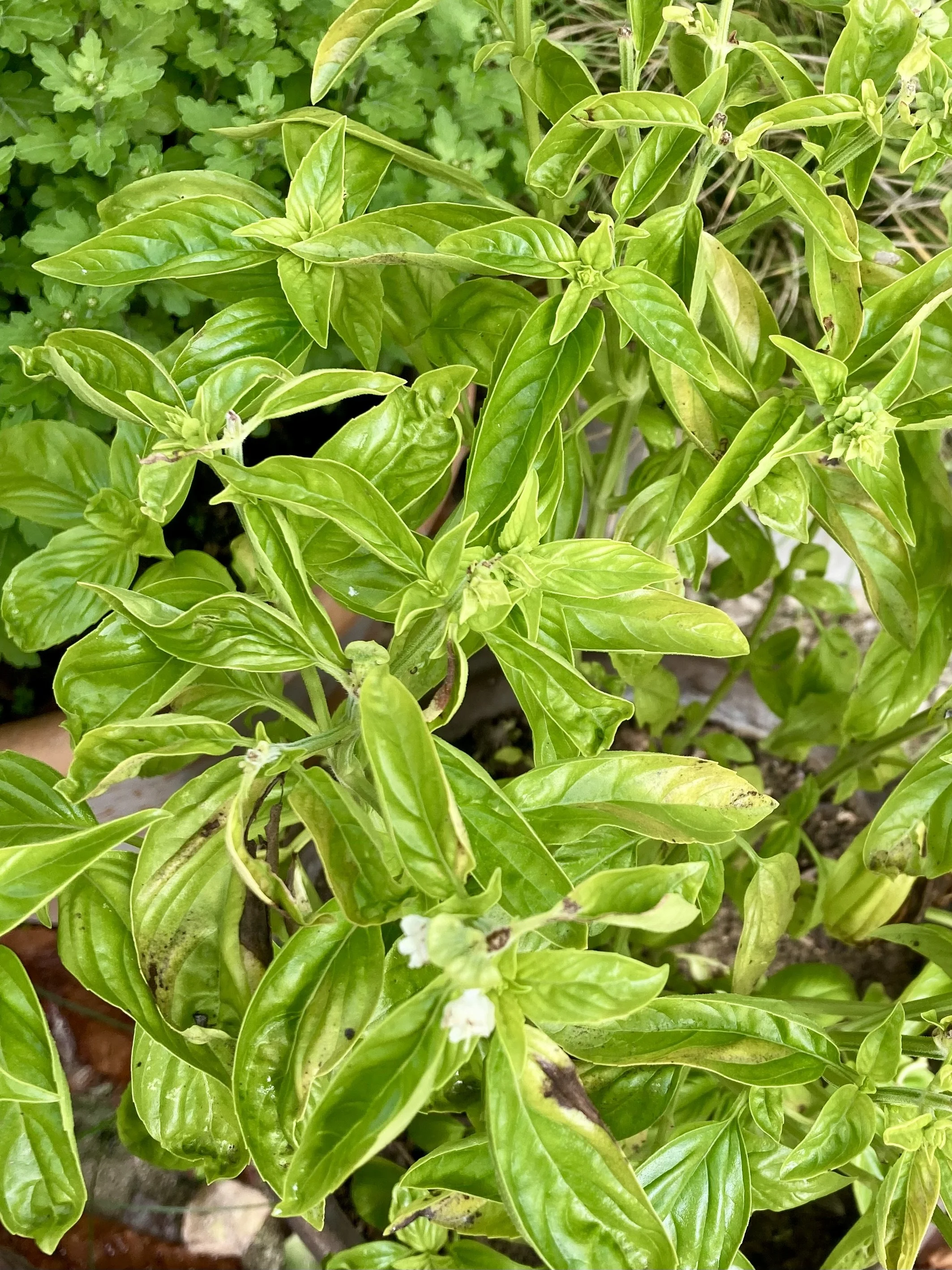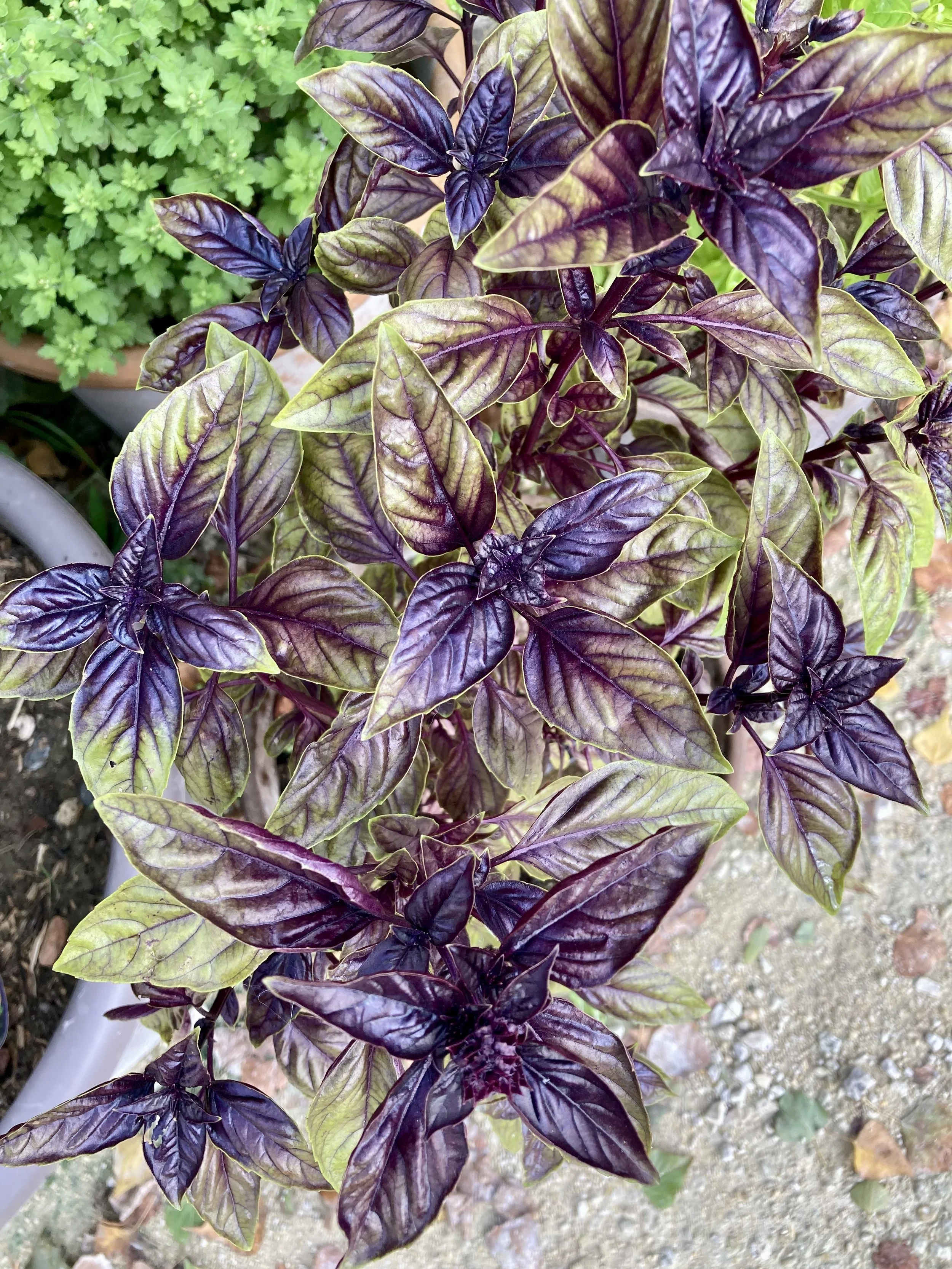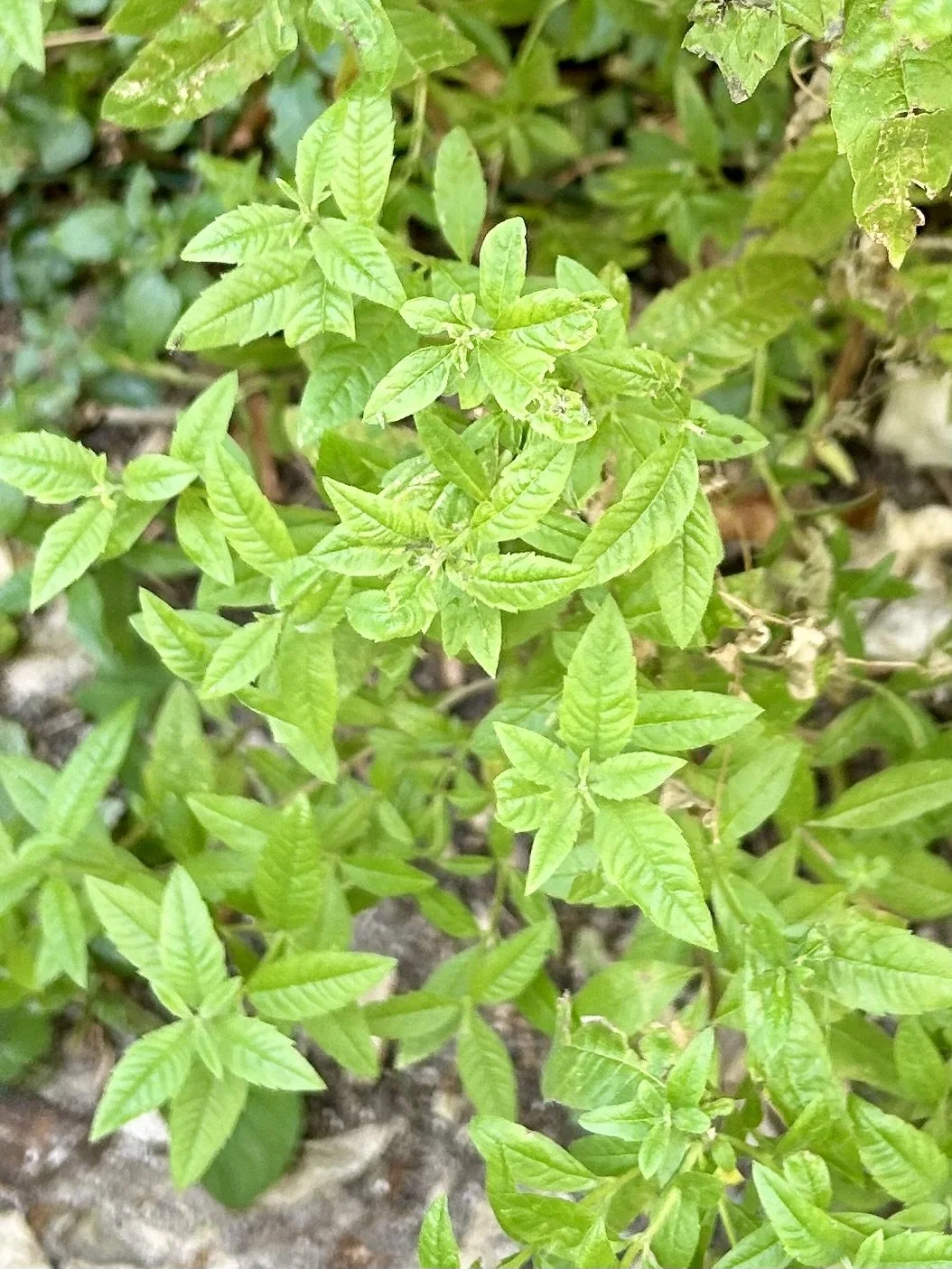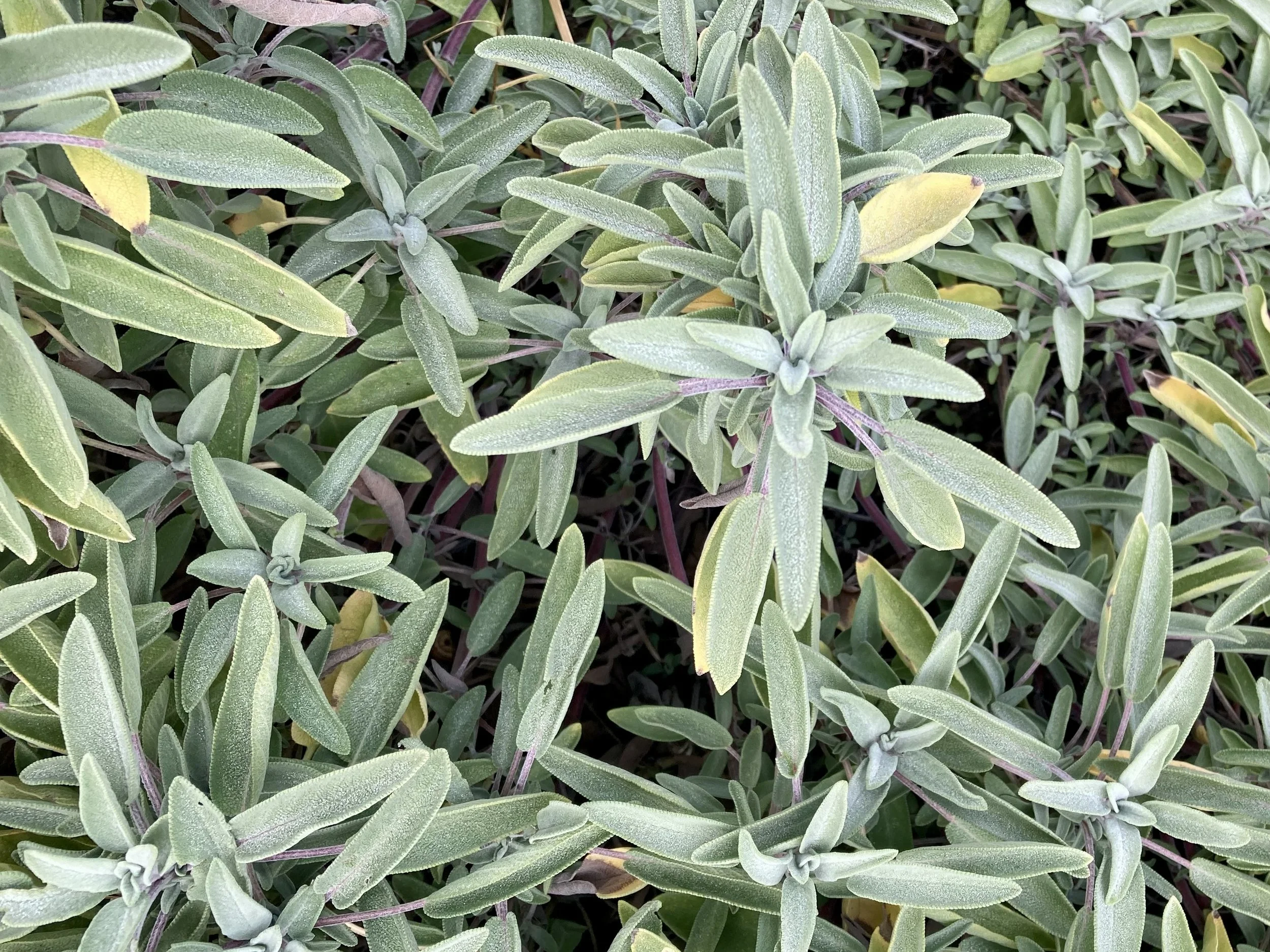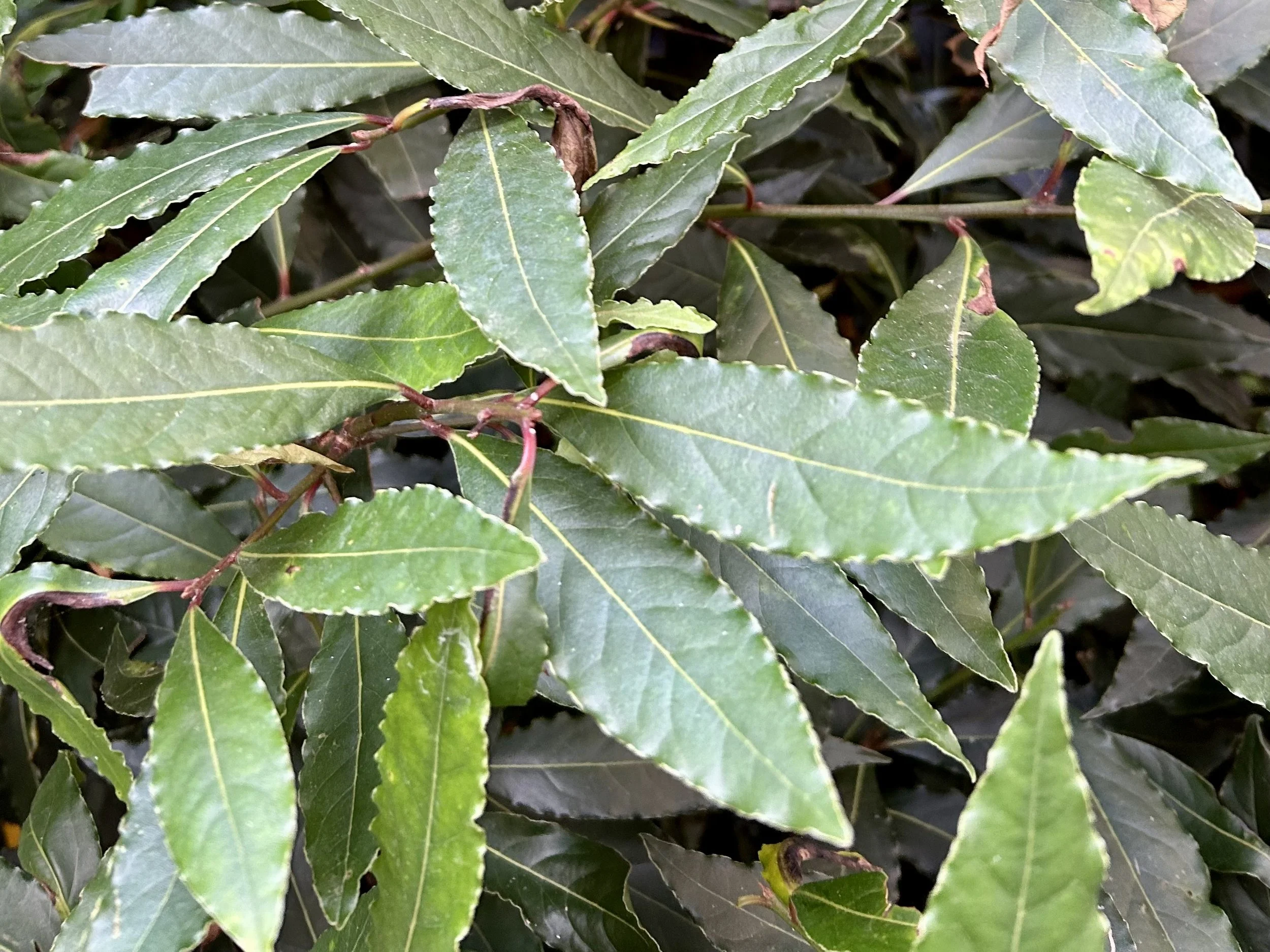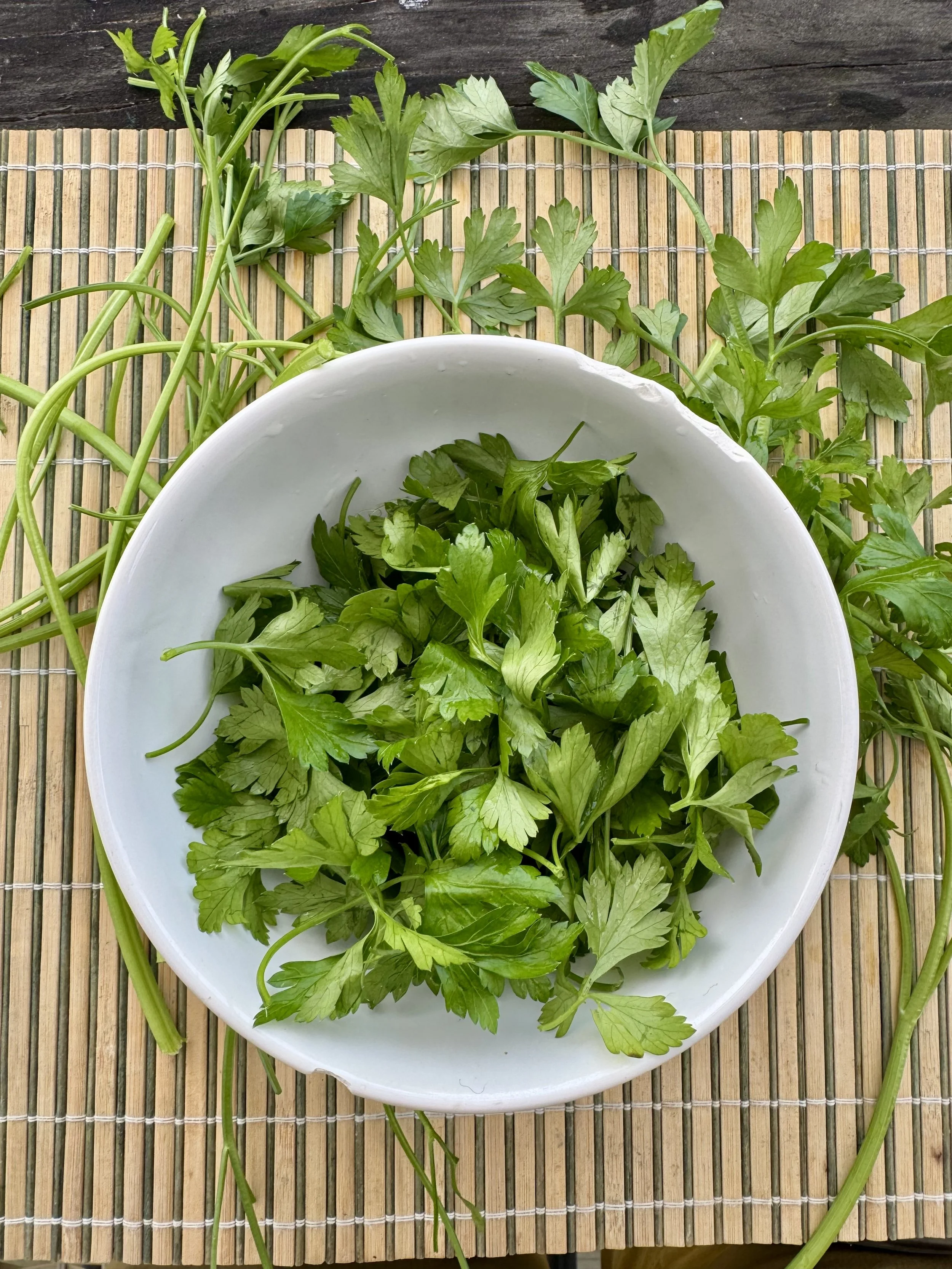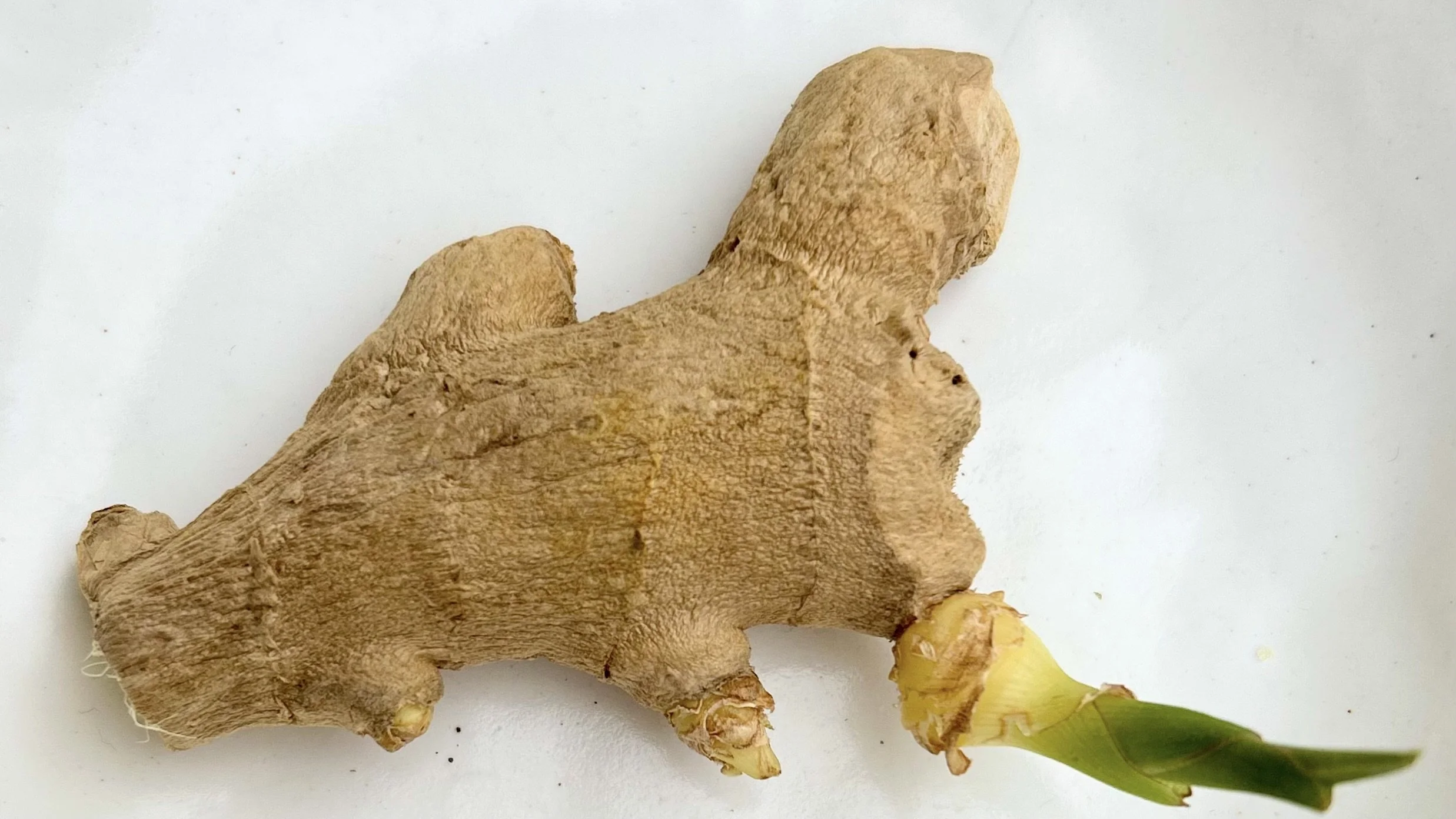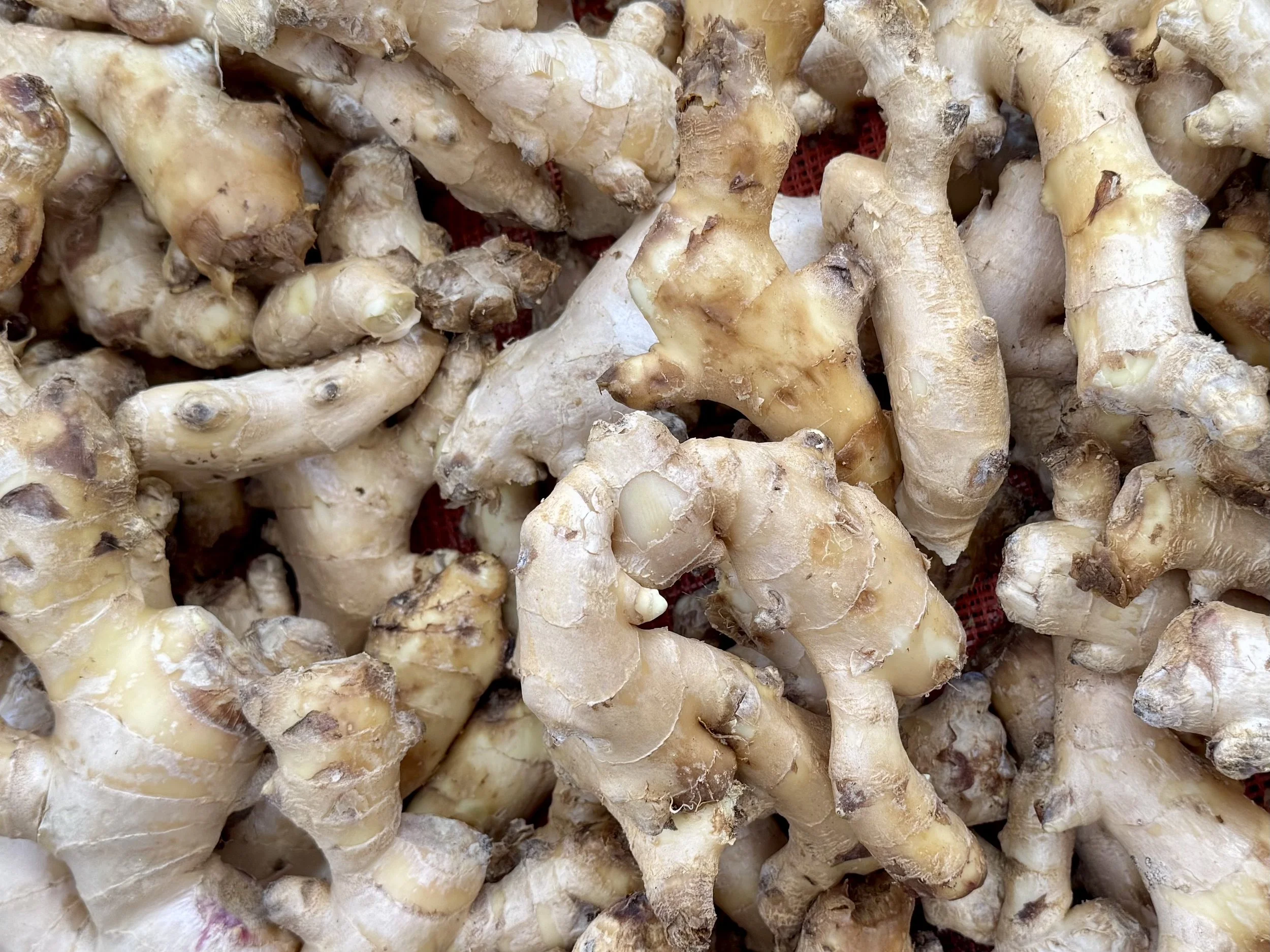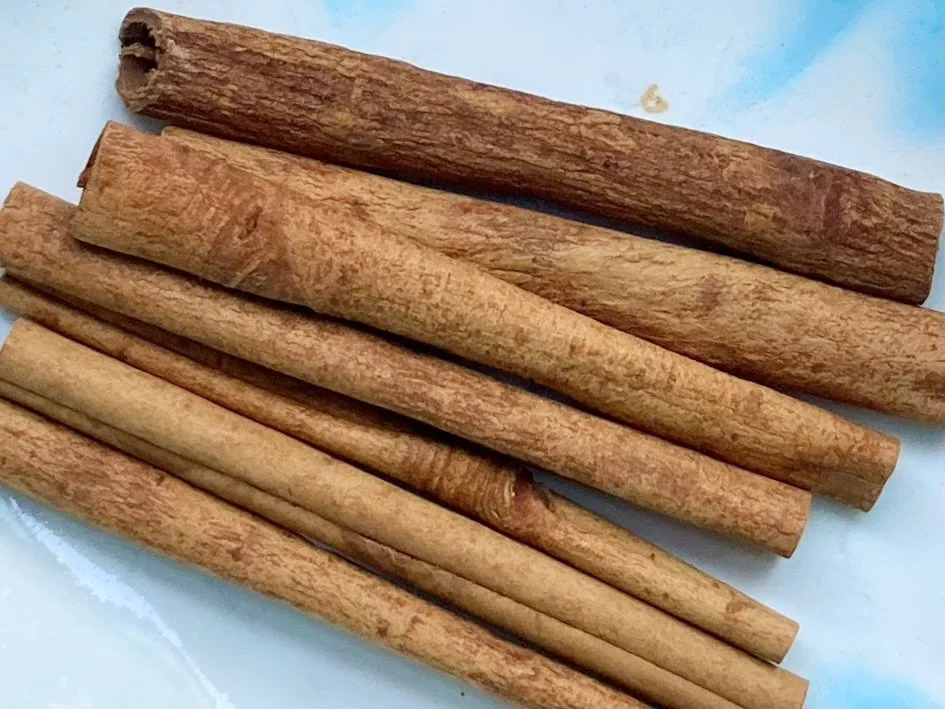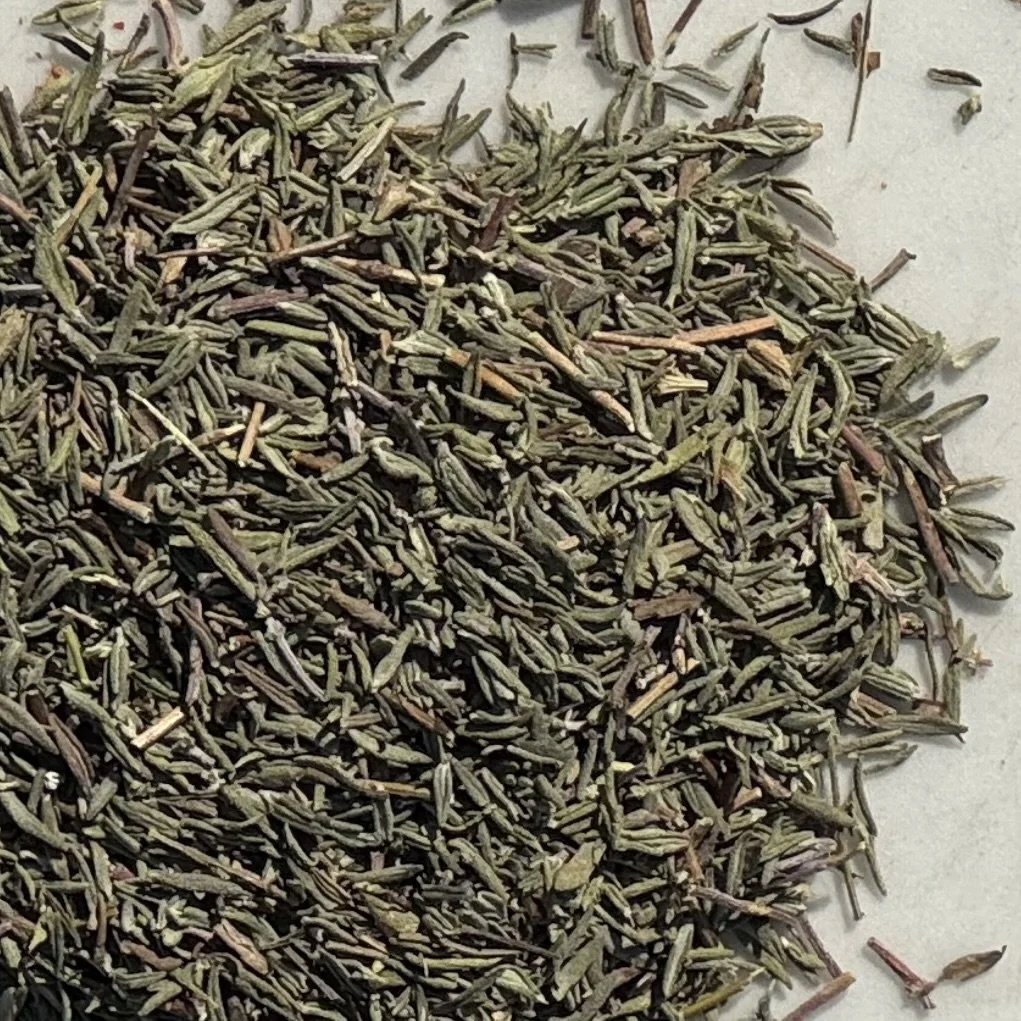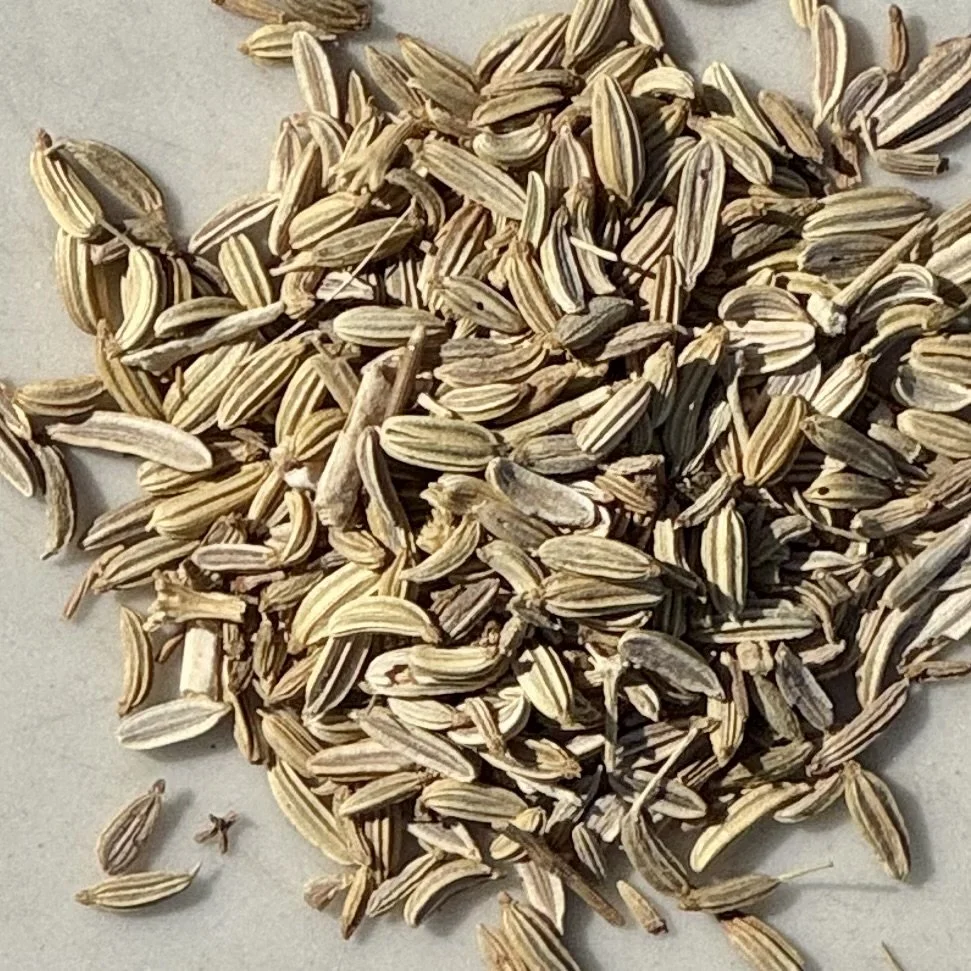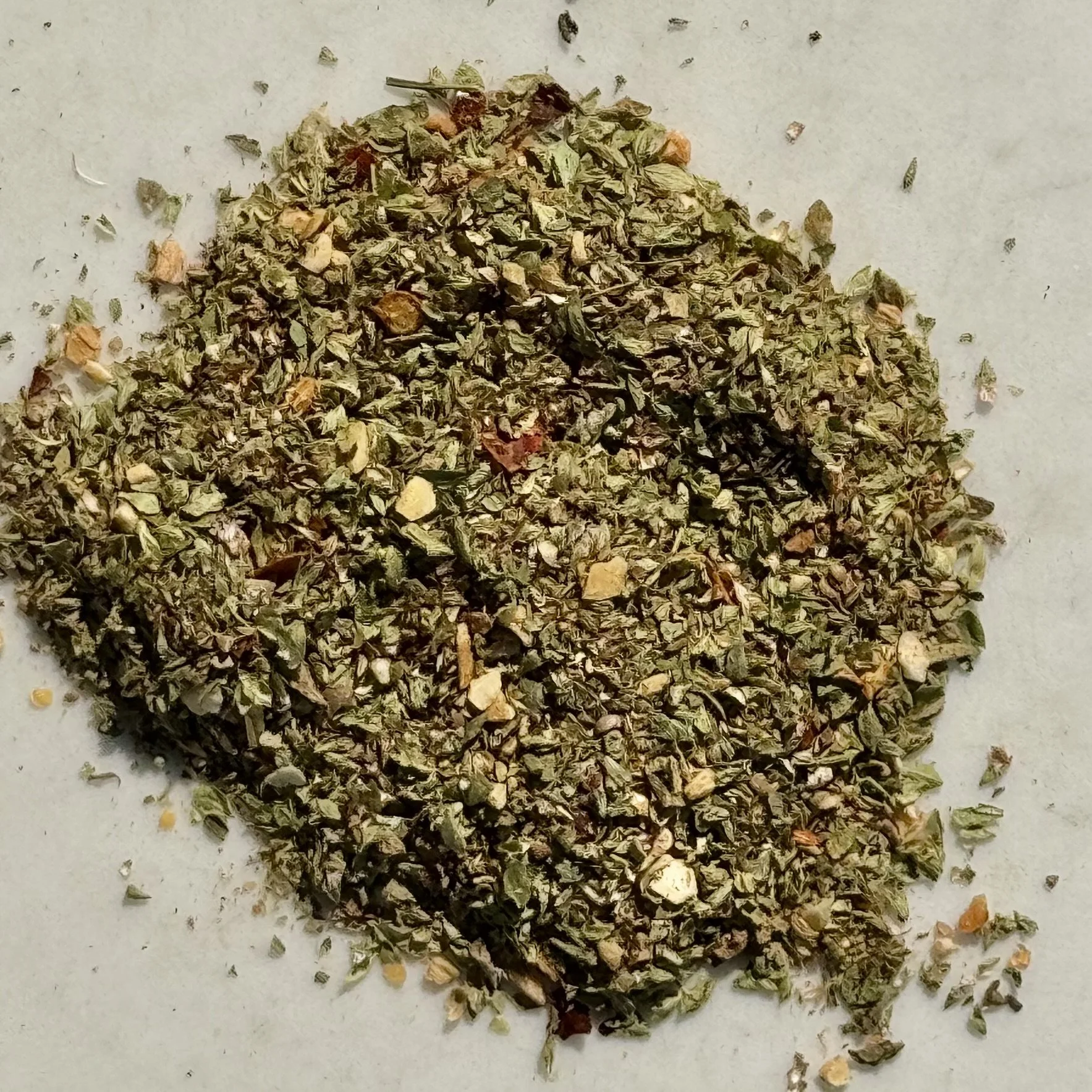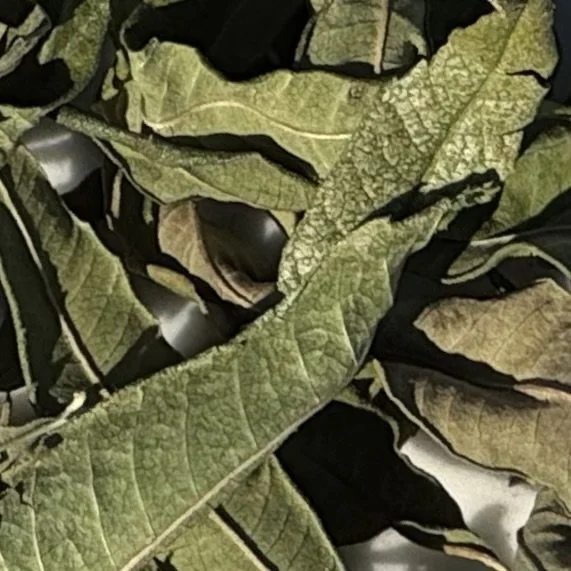Onion, garlic, herbs and spices.
Onion and garlic.
Onion and garlic are the common point of departure for different recipes. For several millenia they have been key part of most traditional diets. Sauteeing onion and garlic is a fundamental technique in cooking that enhances flavour and nutrition.
Onion (allium cepa).
The onion (Allium cepa) has been cultivated as early as 5000 BCE. It has been an important part of human history, from ancient religious rituals to modern medicine and global cuisine. The onion’s durability, health benefits, and flavour have made them indispensable ingredients across cultures for thousands of years. Their ability to grow in various soils and climates, along with their long shelf life, make them a crucial food source.
Spring onion (green onion or scallion), a member of the onion family has a mild, fresh, slightly sweet flavour.
Leek.
Garlic.
Garlic (Allium sativum) is one of the oldest cultivated plants (at least 5,000–7,000 years). It remains a powerful natural remedy and essential culinary ingredient worldwide.
Fresh garlic (here) is used when texture and strong flavours are needed. Dried garlic is used when convenience, even distribution, or longer shelf life is needed.
Cut/chop/crush garlic and let rest for 10 minutes before use to maximise its health benefits. Cutting garlic releases an enzyme, alliinase, that converts garlic’s alliin into alliicin, a potent anti-inflammatory and antimicrobial compound. Use garlic at least 10 minutes after cut.
Frying onion and garlic in olive oil.
Pairing with fats enhances onion-garlic’s nutrient absorption. The antioxidants in onions and garlic are fat-soluble, and fats enhance their absorption. Their nutrient’s bioavailability is increased by cooking in olive oil when compared to water-based cooking methods.
Use Extra Virgin Olive Oil (EVOO) when frying onions and garlic. This method maximises health benefits while minimizing the formation of harmful compounds. EVOO is high in monounsaturated fats and polyphenols that reduce inflammation and oxidative stress.
(“Olive oil” always means EVOO in this series of articles.)
Olive oil is stable at moderate cooking temperatures where the breakdown of olive oil’s beneficial compounds is limited, and the formation of acrylamide, a potential carcinogen in over-fried foods can be avoided.
Low to medium heat (120–150°C / 250–300°F) is the optimal temperature for frying with olive oil. These temperatures also allow the slow caramelization of onions and preservation of garlic’s beneficial compounds.
To prepare: Onion first, garlic later.
Pour olive oil into a pot (pan) and turn on the cooker to have more control over sauteing. Add onions to the oil as the pot heats up then add the garlic a few minutes later (onion takes longer to cook due to higher water content and garlic burns easily turning bitter when overcooked). Stir constantly to prevent burning. When onions and garlic are soft and slightly golden, but still translucent, add the salt and pepper.
Gentle cooking releases onion and garlic’s flavours slowly to get a sweeter, more mellow result. If the temperature is too high, we risk losing control and burning the onion and garlic- and should start the process over again (avoid burning the garlic!).
Onions and garlic can also be cooked together over low heat without browning (“sweating”) for a milder flavor for soups and sauces. When cooked slowly at low temperatures the result is a sweet, deep flavor.
Frying onion and garlic in olive oil. For a rich flavour, spices should be added early on with the onion and garlic. Here, salt and pepper were added as the onion and garlic softened. These were followed by other spices. This way, the spices infuse the ingredients more thoroughly.
Onions and garlic sautéed in olive oil are common to many different recipes.
Onions and garlic gently sautéed in olive oil are the base for many soups, stews, sauces, legumes and beans, rice and grains, pasta, meats, fish, and many other foods.
Preparing paella marinera, a classic seafood paella made with onions, garlic, and red peppers sautéed in olive oil. Short grain (arborio) rice, saffron, pimentón, and shellfish are added at different stages.
Herbs.
Rosemary.
Basil.
Blue basil.
Mint.
Sage.
Laurel leaf.
Parsley.
Pepper.
Ginger.
Cinnamon.
